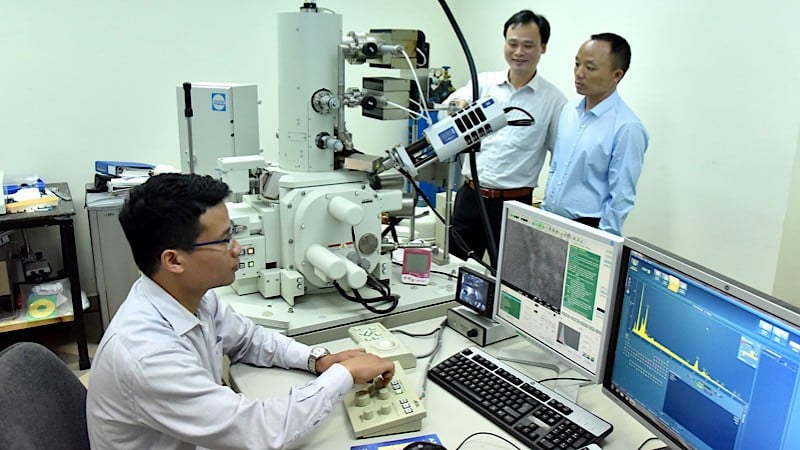
However, the paradox lies in the fact that: While educational thinking is moving towards openness, the operating institutions are closed - from the centralized management model, rigid input control, to the program approval mechanism that is heavily administrative, inflexible and lacks trust in the educational subject. It is this lack of synchronization that creates a gap between strategic vision and the ability to realize it in practice.
Therefore, for open education to truly become a reality, the prerequisite is to reform the educational management system towards greater transparency, flexibility, and greater empowerment for creative entities, while establishing an effective monitoring and feedback mechanism instead of rigid administrative intervention.
The inevitable trend of the times
In a world that is operating according to the logic of digital knowledge, the knowledge economy and the need for lifelong learning, the traditional education model - framed within the four walls of the classroom, fixed in time, space and program - is revealing its shortcomings.
Instead, “open education” emerges as an inevitable trend, a breakthrough model that makes knowledge more universal, more flexible and more accessible to all citizens in a learning society.
Open education, in the modern sense, is not only about expanding the learning objects, but also an educational ideology - where the learner is the center, has the right to choose the content, method and speed of learning according to personal needs.
Open education is also associated with the concept of “lifelong learning” - where learning does not end after graduation, but continues throughout life as a constant human need in a rapidly changing society.
In Vietnam, in the Education Development Strategy for the period 2021-2030, with a vision to 2045, the Government has clearly defined the goal: "Developing an open education system, lifelong learning, ensuring equity and quality, gradually shifting to a flexible, modern, digital and internationally integrated education model".
The 13th Party Congress document also emphasized: "Building a learning society, developing an open education system, practical learning, practical work, lifelong learning, equity and efficiency".
These are signs that open education is no longer an ideal choice, but has become a strategic orientation of the country.
Reality also proves that the Covid-19 pandemic has become a push to accelerate the transition to open education in Vietnam. Many universities such as Ho Chi Minh City National University, Hanoi University of Science and Technology, FPT University... have built or upgraded their learning management systems (LMS), and developed hundreds of internal courses in the form of MOOCs to expand access to knowledge for students not only in the school but also to link up to allow students from other schools to study interdisciplinary and inter-campus.
Also during this period, the Ministry of Education and Training piloted the use of online learning credits in the recognition of learning outcomes, opening up the premise for more flexible education in the post-Covid-19 period.
The key, therefore, is not technology or technical solutions, but rather the need for a transformation in mindset and institutions – from control to empowerment, from a fixed approach to flexibility and personalization.
This is the key for Vietnamese education to not only "respond" to challenges, but truly "transform" in the new context.
Barriers to Education
Although the goal of developing an open education system has been clearly established in national strategic and policy documents, reality shows that the realization of this model is facing major barriers - the root cause of which is the old mindset and institutions that still dominate educational management activities.
The manifestations of this thinking are not only at the policy level, but also deeply ingrained in the way educational institutions are organized and operated from the central to local levels.
For example, educational management in Vietnam is still heavily administrative-command-based, reflected in detailed intervention from management agencies in many aspects of school operations.
Instead of playing the role of “creator” – building a legal framework and a favorable environment for autonomous universities to innovate, the management agency still operates as a “commander” – issuing orders, imposing procedures, and monitoring with administrative records. This makes it difficult for universities, especially public universities, to promote autonomy and creativity.
Although the 2018 revised Law on Higher Education has expanded autonomy for educational institutions, in reality, this autonomy is still limited by tight financial, human resource and professional constraints.
Many universities report that they still have to seek approval for each enrollment plan, apply for permission to open new majors, or are bound by strict regulations on lecturer titles, standard teaching hours, and tuition ceilings. This makes designing flexible training programs - the core element of open education - difficult, especially in the context of rapidly and continuously fluctuating human resource needs like today.
The mechanism for assessing and recognizing programs, degrees and credits is still rigid and inflexible. The recognition of credits accumulated from international online platforms (MOOCs), or the recognition of non-traditional degrees and certificates such as micro-credentials, has almost no specific legal corridor.
This has led to many flexible training initiatives being rejected, or not being officially recognized, making it difficult for learners to transfer academically or find jobs…
As a result, although Vietnamese education has the slogan “open”, its operation is still “closed”. Training programs are difficult to innovate quickly, students lack opportunities to access advanced learning models, and businesses complain that graduates are slow to adapt to job requirements.
Vietnam is therefore slow to catch up with the global trend of personalized learning, digital skills development, and continuous learning throughout life.
Reforming educational management institutions - a prerequisite
The current educational management system - with its bureaucratic, inflexible and non-empowering characteristics - is the biggest obstacle on the journey to building an open education system.
To remove these bottlenecks, it is not only necessary to change a few technical processes, but also requires a comprehensive reform of institutional thinking - from control to support, from uniformity to diversity, from framing to openness. This is a prerequisite if Vietnam wants to truly enter the era of open education and a learning society.
In particular, in the context of digital transformation, globalization and the constant fluctuations of the labor market, reforming educational institutions in an "open" direction is no longer an option, but has become a prerequisite for the Vietnamese education system to truly innovate, adapt and develop sustainably.
The first reform that needs to be prioritized is to establish a flexible legal framework that can accommodate the development of the open education model. It is urgent to issue specialized legal documents - or amend the Education Law and the Higher Education Law to recognize non-traditional learning models, standardize open educational materials (OER), and establish flexible assessment standards.
Educational institutional reform must go hand in hand with innovation in the governance model towards modernity, transparency, and comprehensive digitalization. This requires management agencies from central to local levels to shift from a “command-control” model to a “support-creativity” model and be led by data.
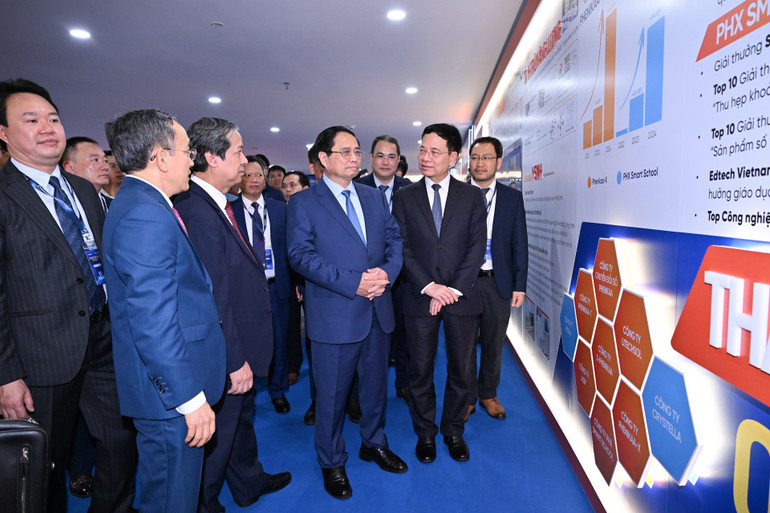
An open education requires a shift in academic power towards learners and educational institutions. For learners, this means being able to choose subjects according to their needs, accumulate credits flexibly from many sources (including non-formal and informal learning), and be recognized for lifelong learning achievements. For schools, especially universities and vocational education institutions, real power should be given to develop training programs, international cooperation, and academic alliances - not asking for permission for every small detail but only having to comply with common quality assurance frameworks.
Without changing the State-school-learner relationship towards decentralization and partnership, open education will continue to be "framed" by administrative regulations and inequality in the right to learn.
In particular, open education cannot operate effectively if financial policy remains based on the current principle of “equalization”.
There is a need for new financial designs that support learners flexibly according to their individual needs and abilities, through models such as open scholarships, tuition support based on credits, educational credits based on flexible study time, or even a policy of "learners repaying according to their income after graduation".
At the same time, public-private partnership (PPP) models should be encouraged in developing open education platforms, investing in digital learning materials, or business-school cooperation in training according to practical requirements.
The world has entered the era of open knowledge, open technology and open learning, so the education system - if not "open" in both thinking and institutions - will fall behind, leading to a waste of human potential and hindering national development.
It is time to shift from a mindset of control to empowerment, from rigid regulation to flexible adaptation, from administrative command to creative support.
Education cannot be “opened” by technology or slogans alone; it must be opened by real reforms in policy making, apparatus operation, resource allocation and accountability mechanisms.
The message of action here is: institutional reform is not just the work of the education sector, but is an interdisciplinary, inter-institutional task and directly related to national competitiveness in the digital age.
Building an open education system requires consensus and participation from the whole society: from the legislative body, the executive body, universities, businesses to learners - all must change to adapt. Open thinking, open policies - that is the only way for us to open the future.
Source: https://nhandan.vn/cai-cach-giao-duc-doi-hoi-the-che-quan-ly-tuong-thich-post895608.html


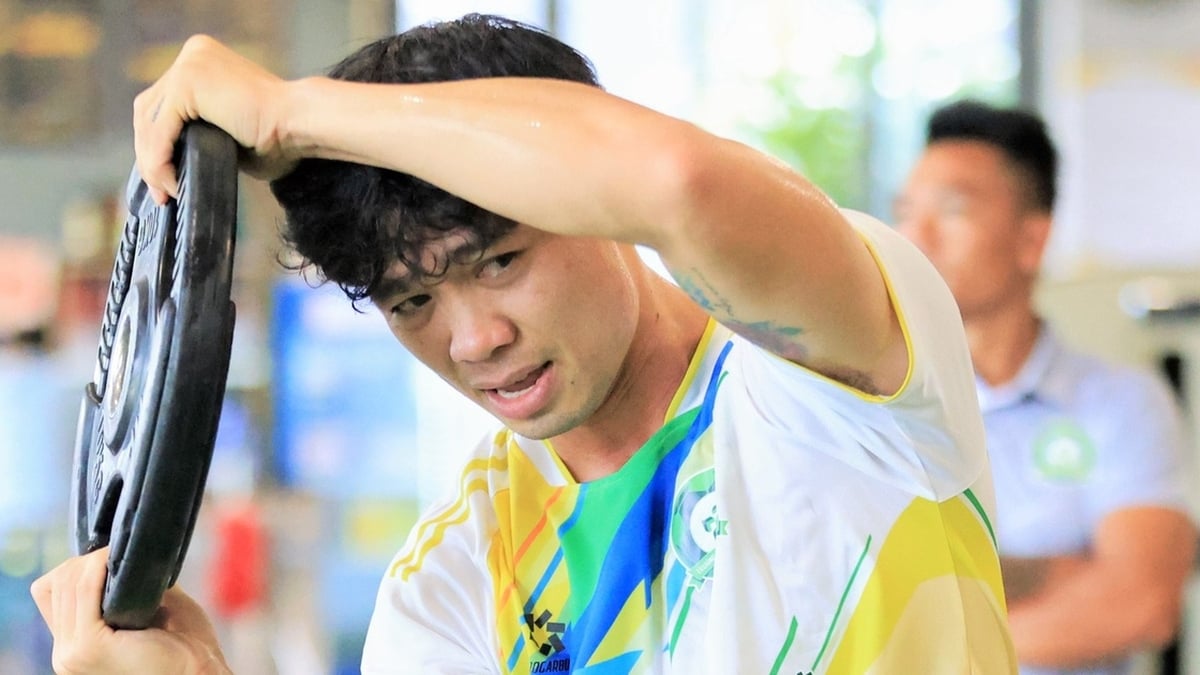
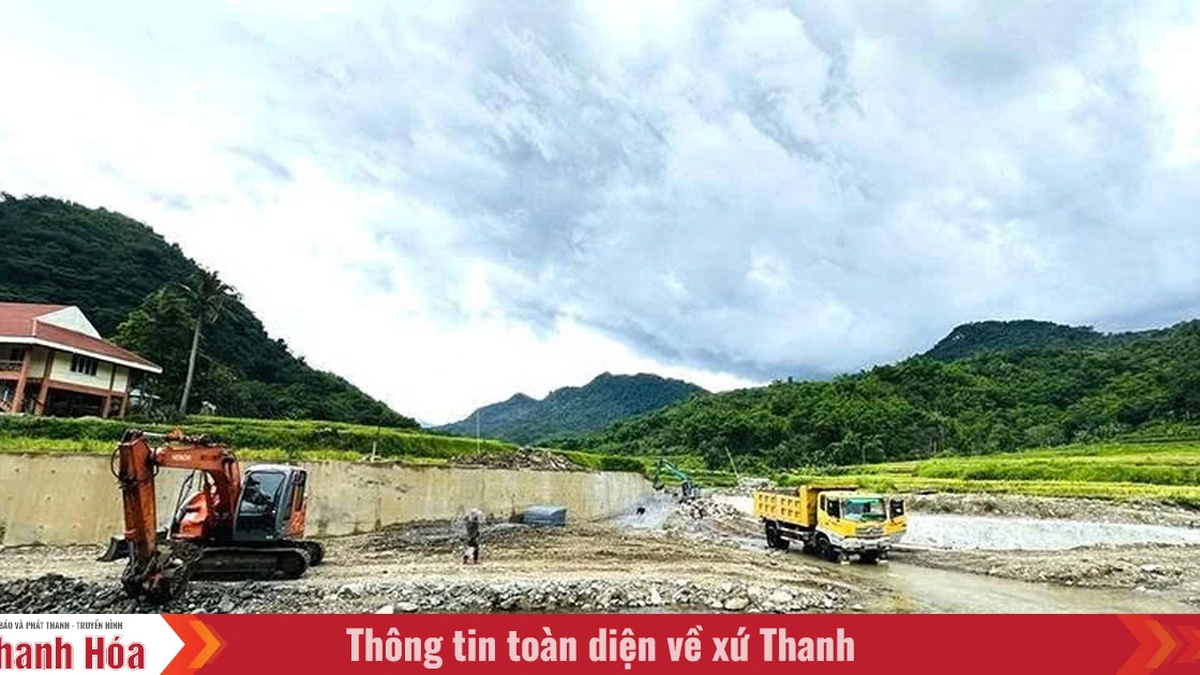
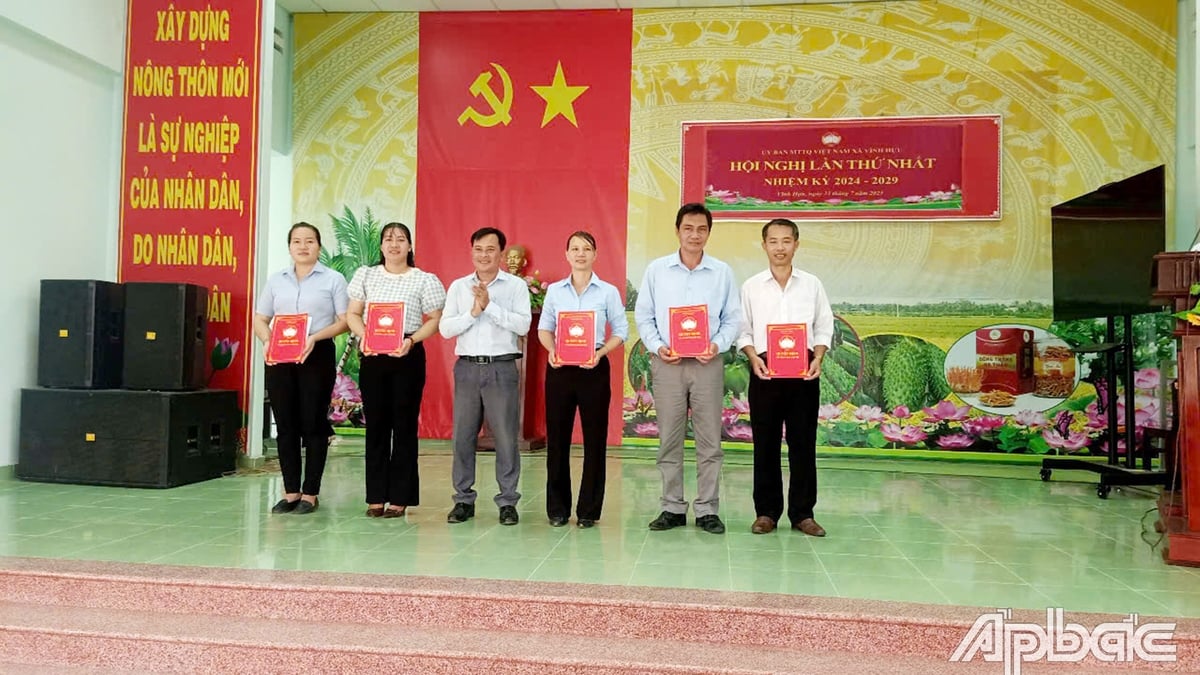

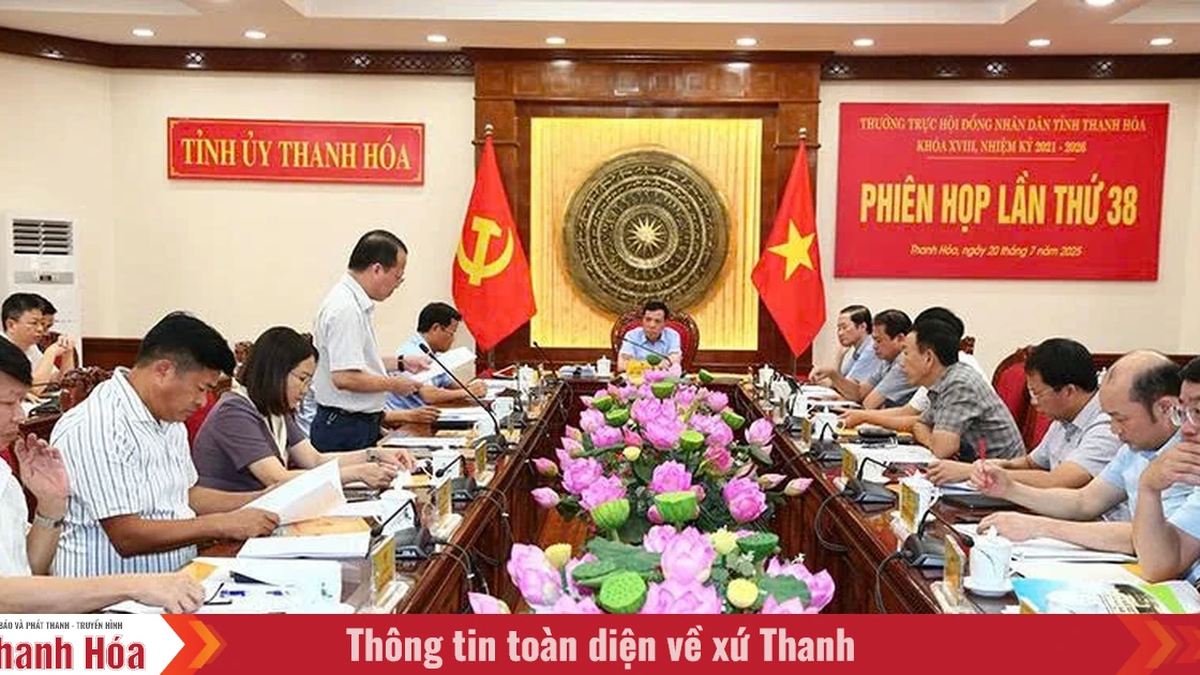

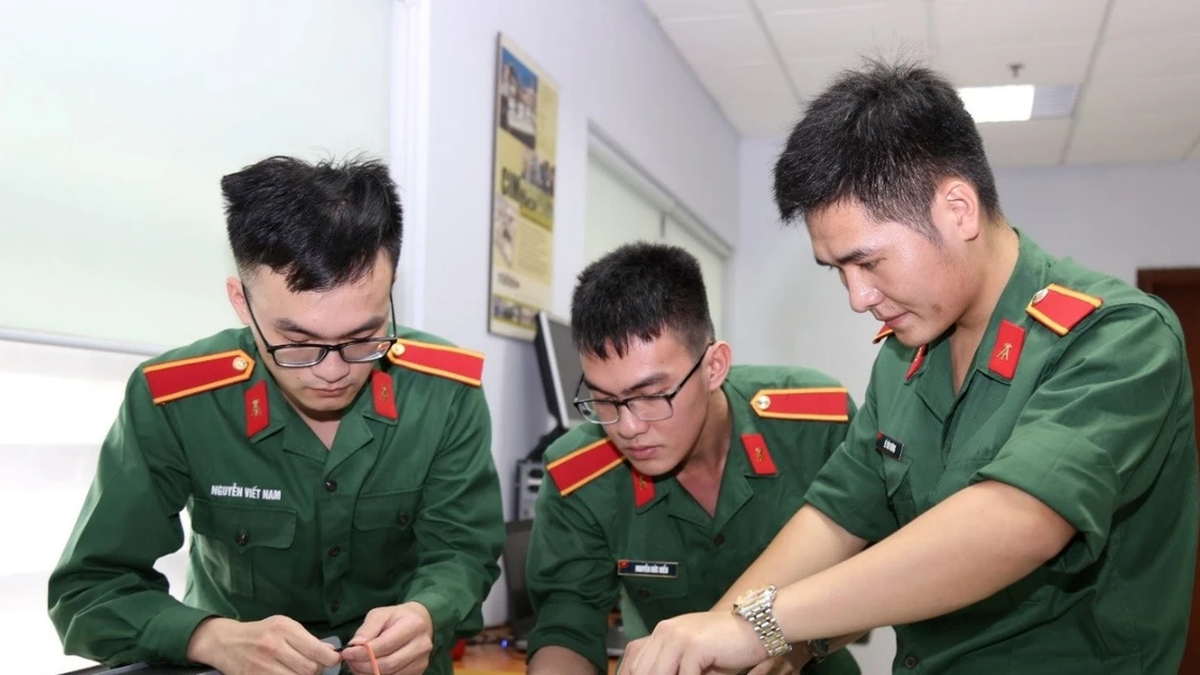

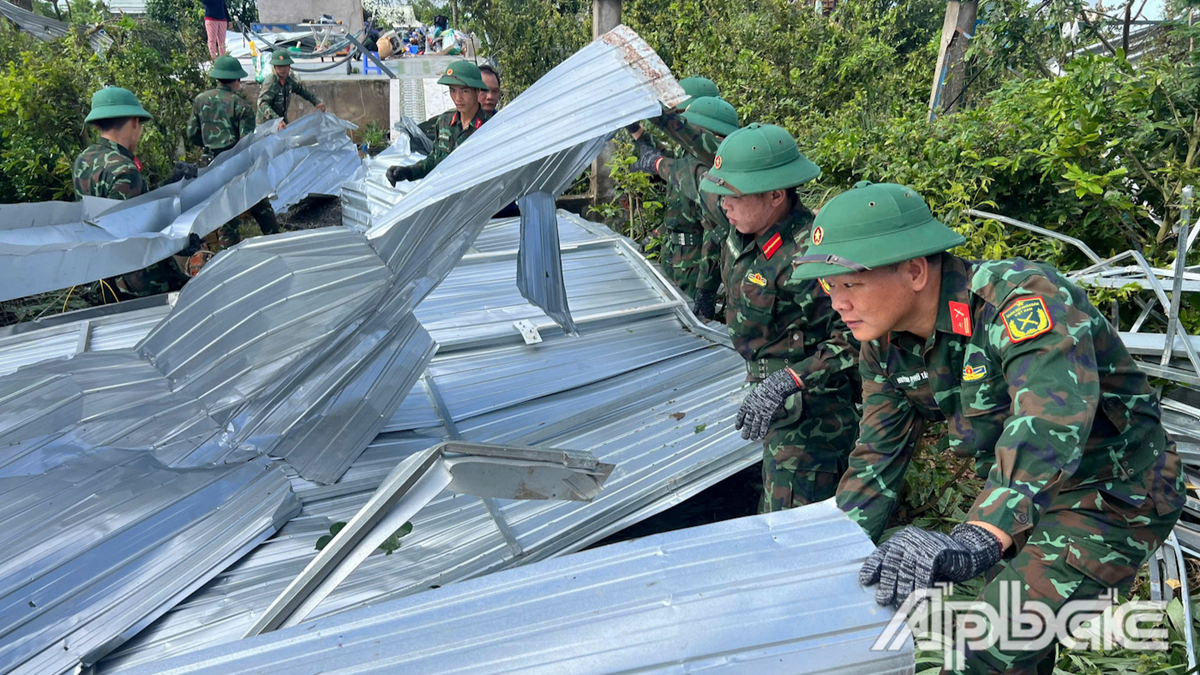














![[Infographic] Vietnam-Senegal traditional friendship](https://vphoto.vietnam.vn/thumb/1200x675/vietnam/resource/IMAGE/2025/7/23/4c96a604979345adb452af1d439d457b)








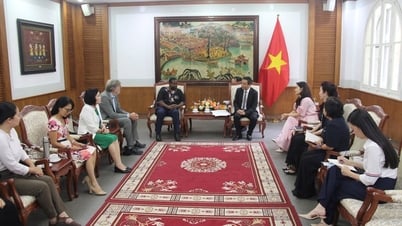




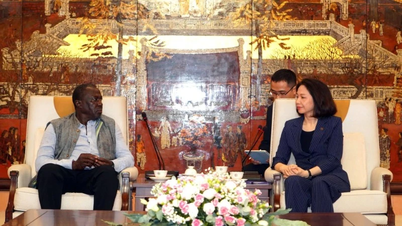

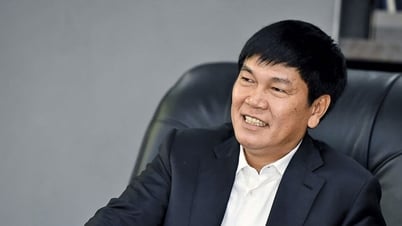

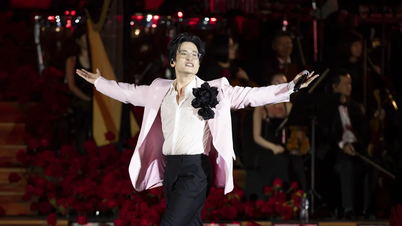





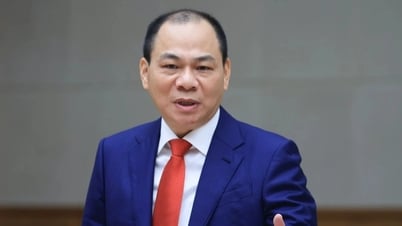
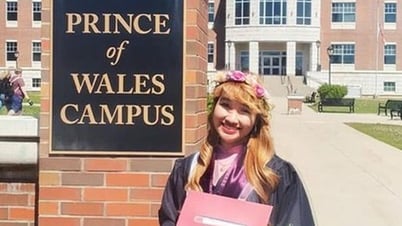


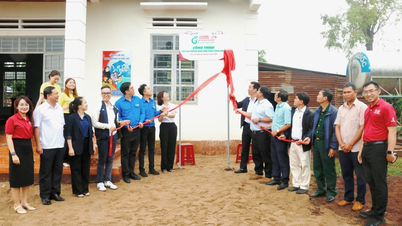

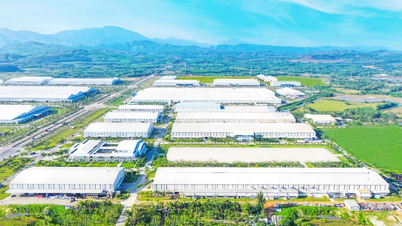




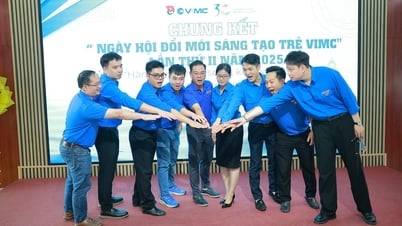




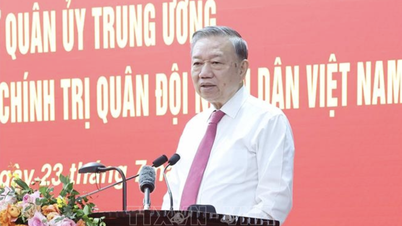






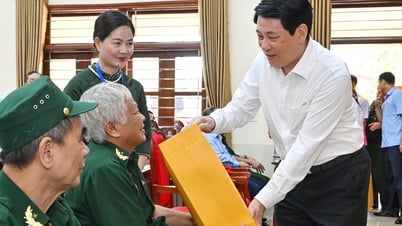

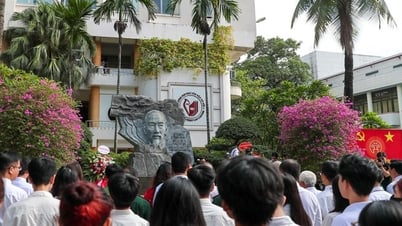

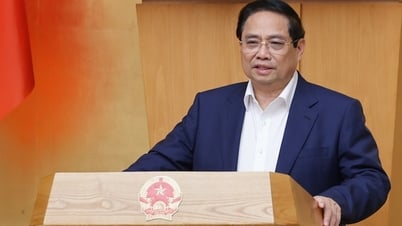
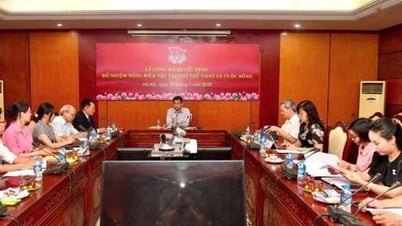
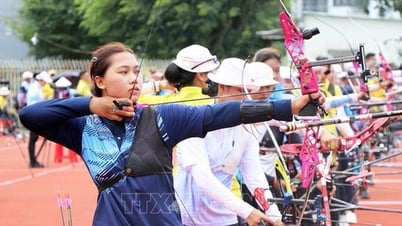
























Comment (0)